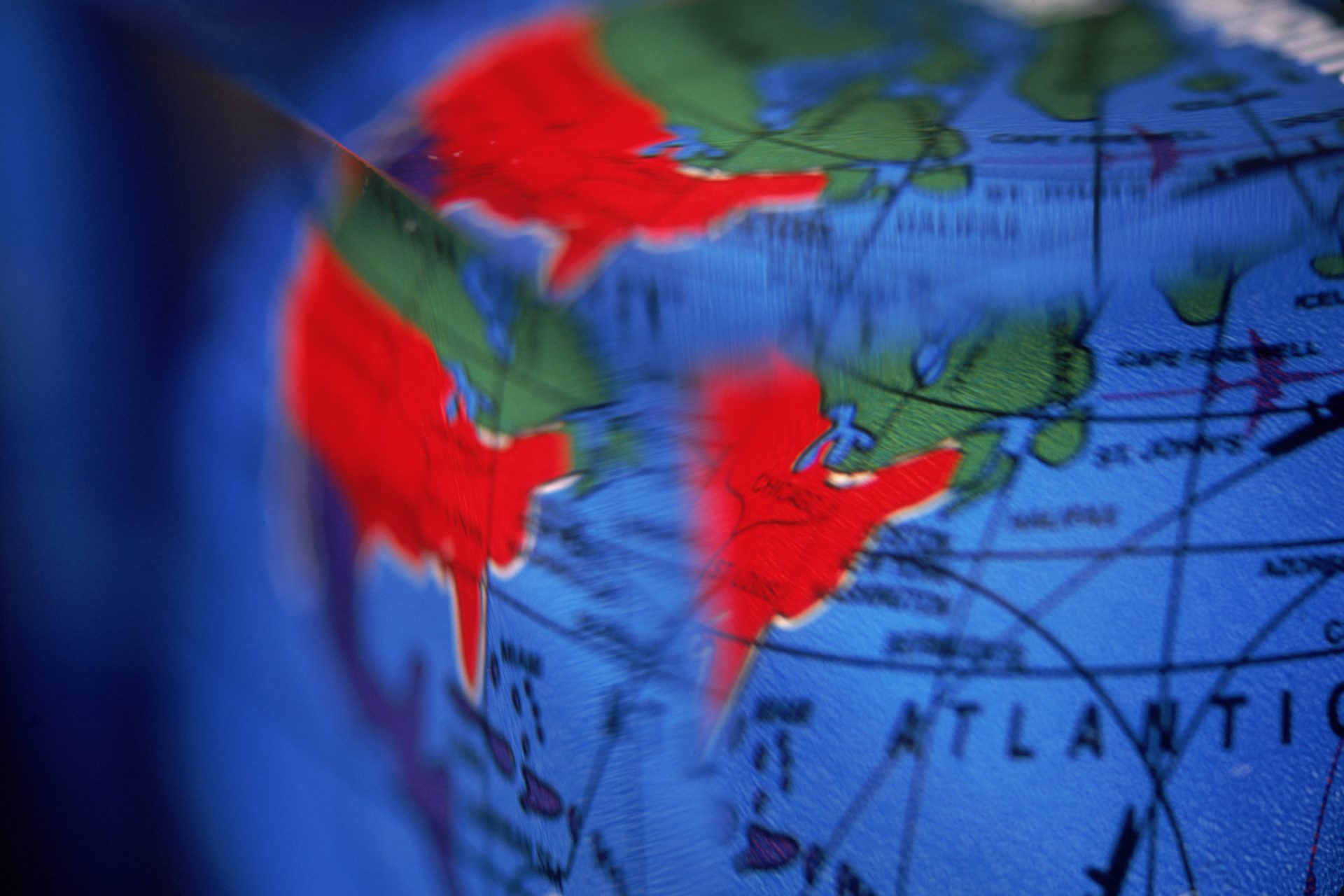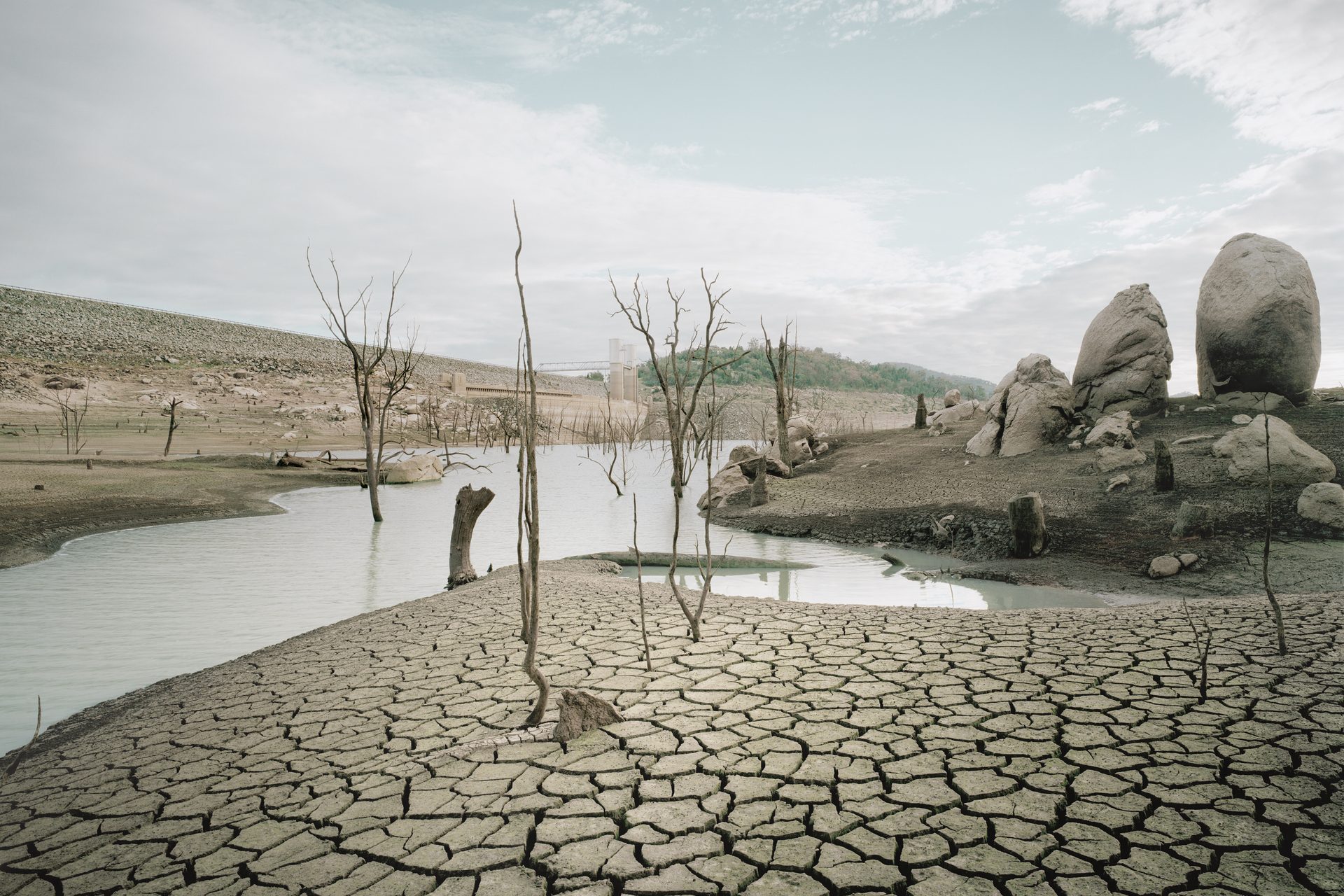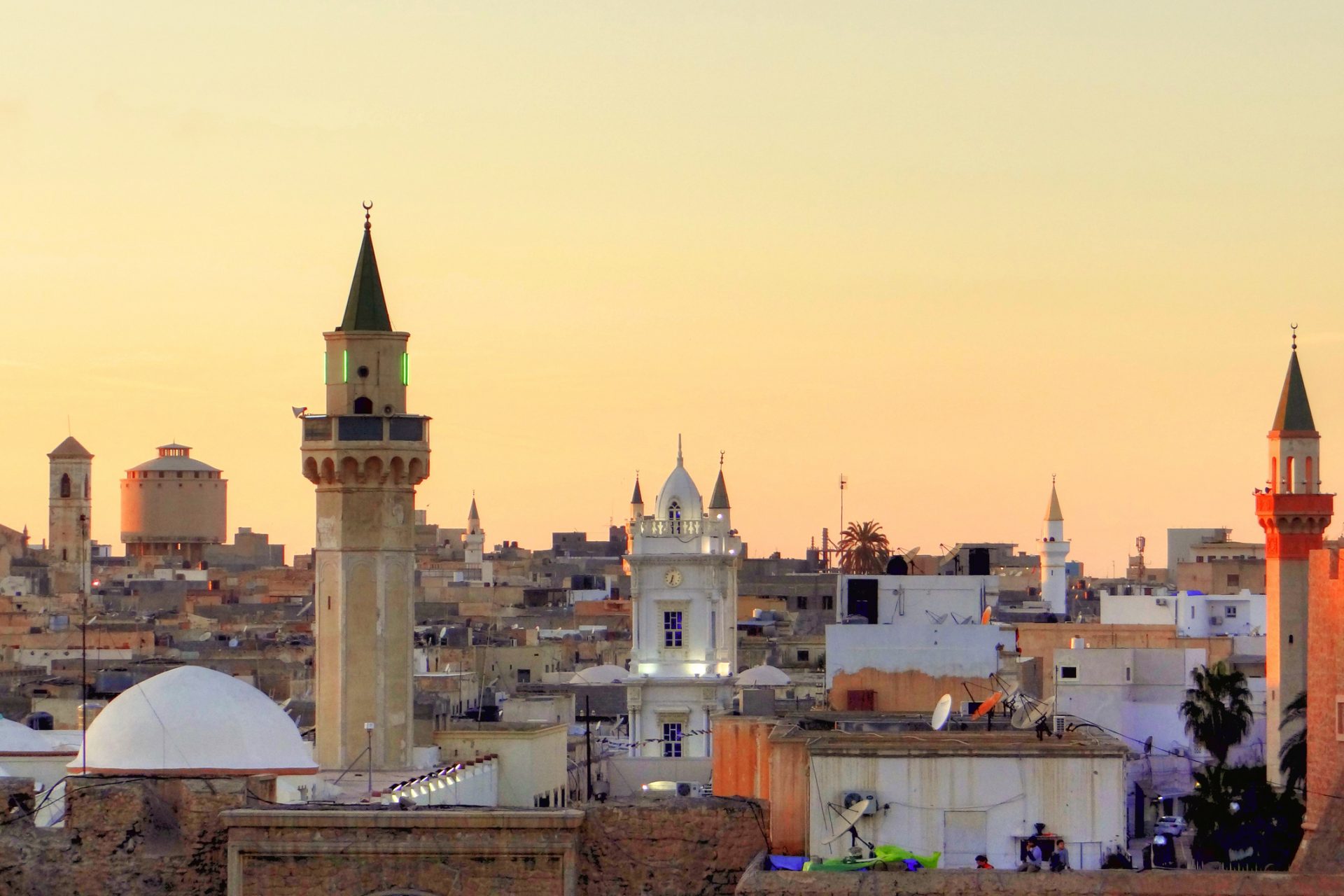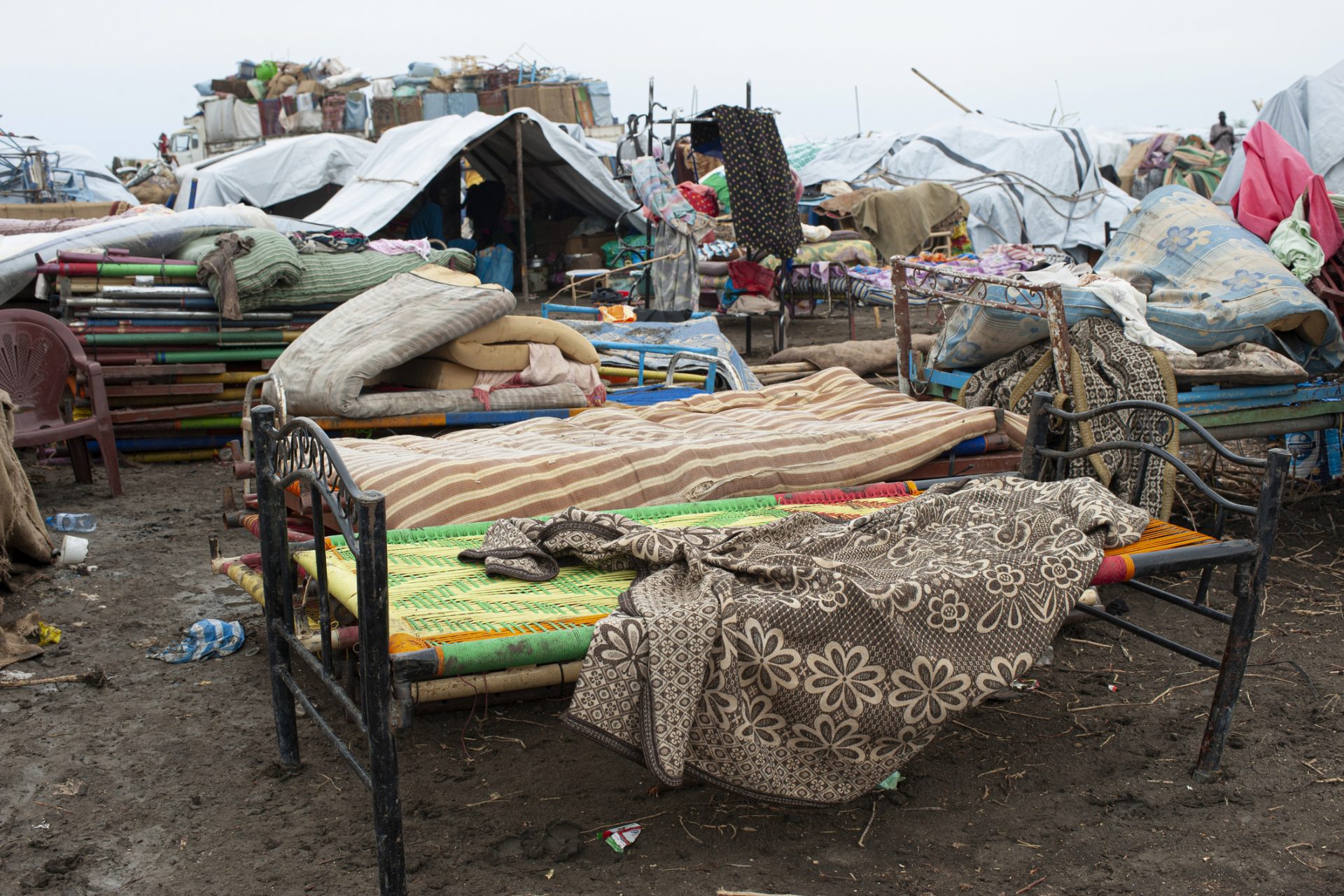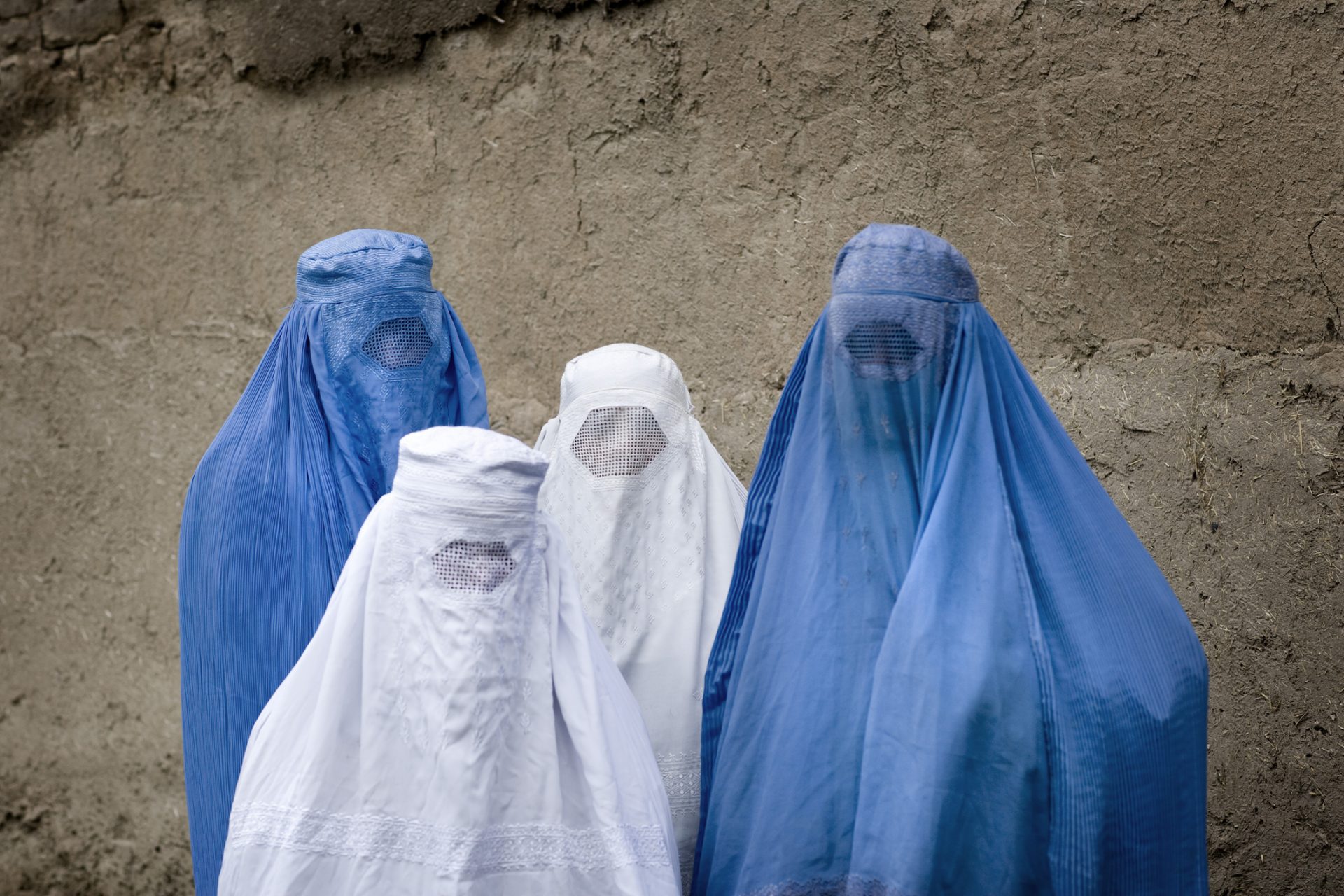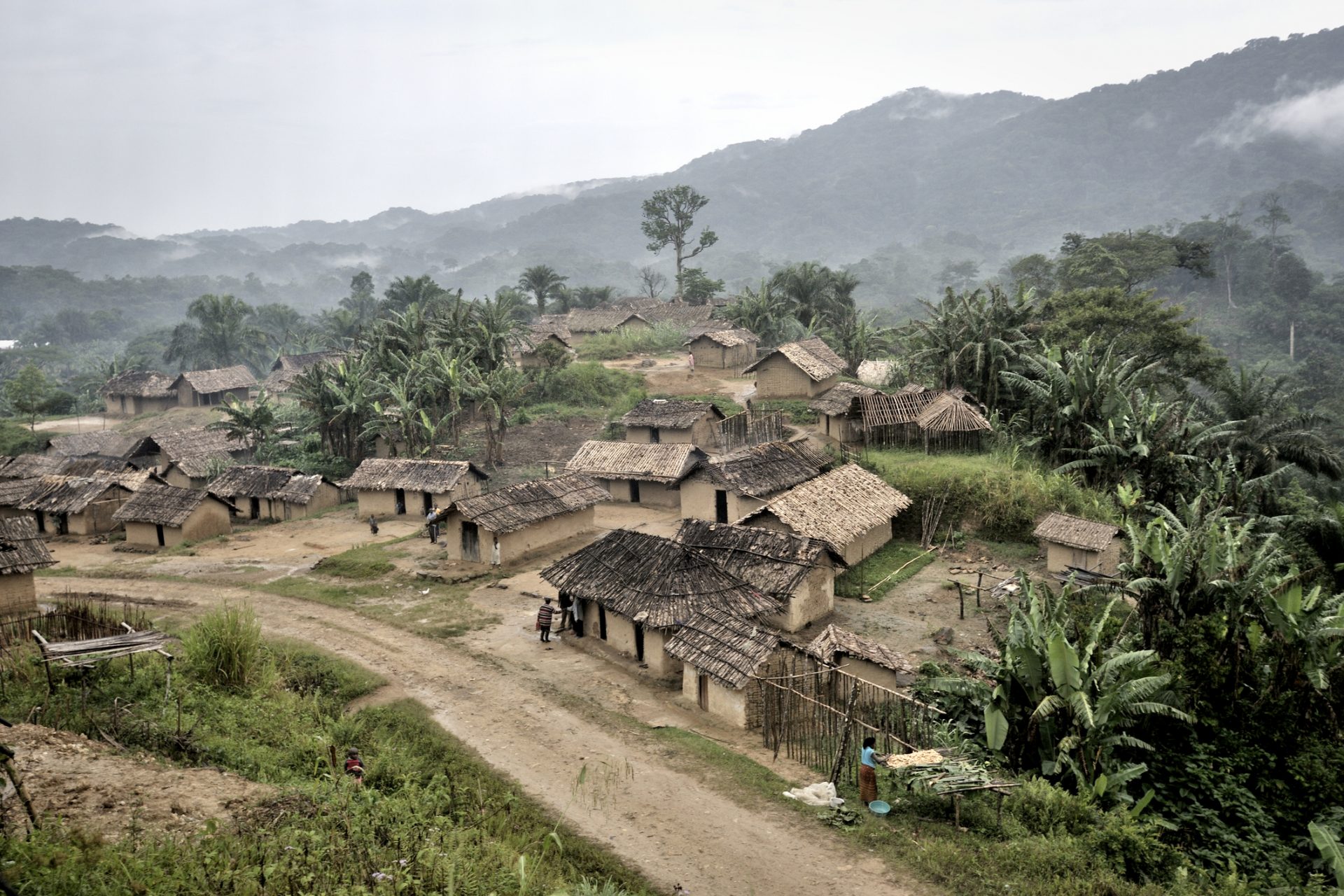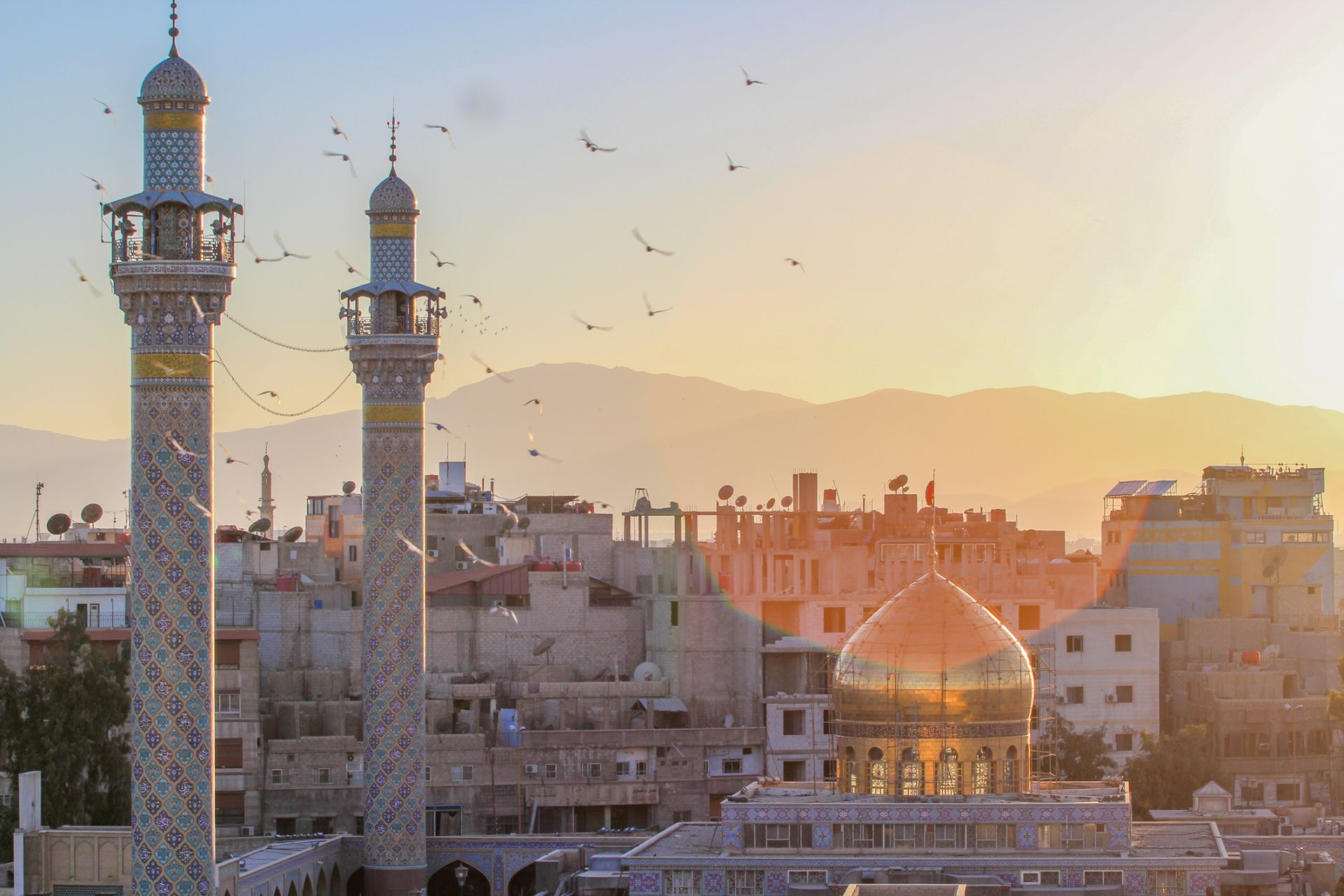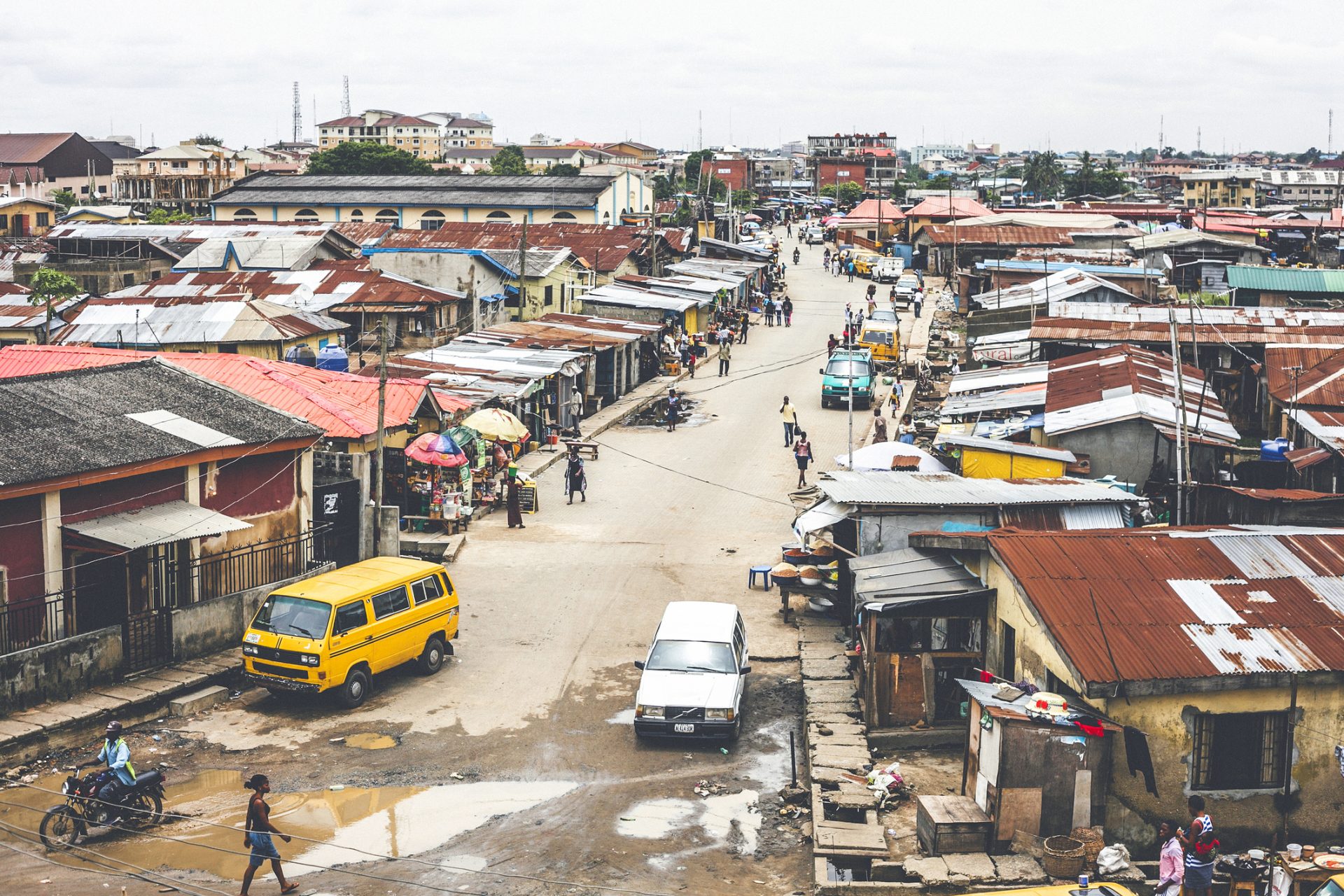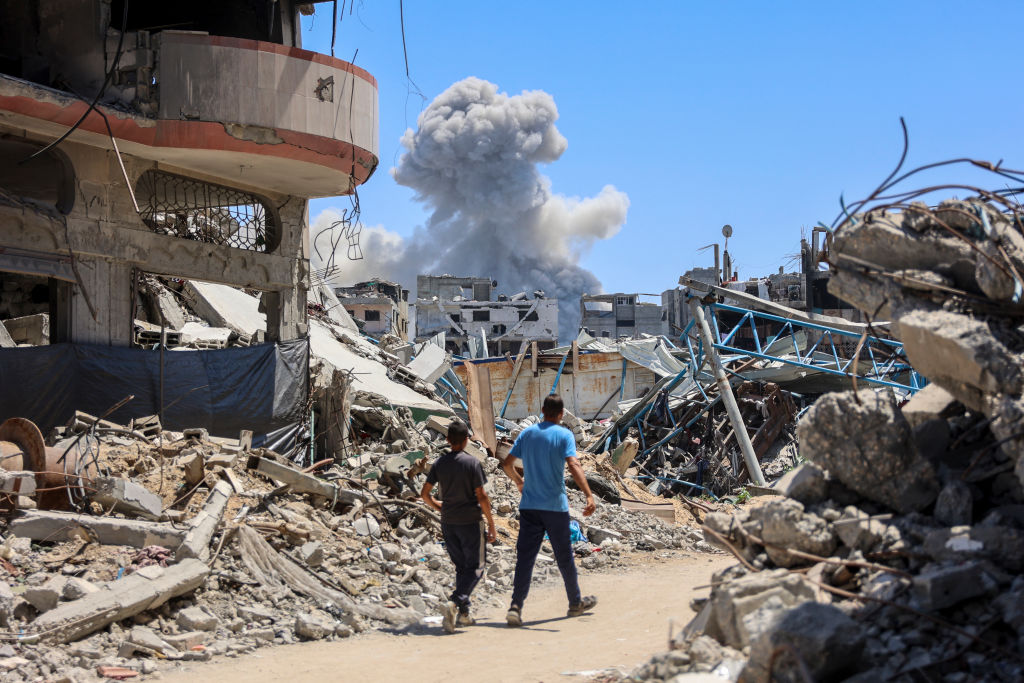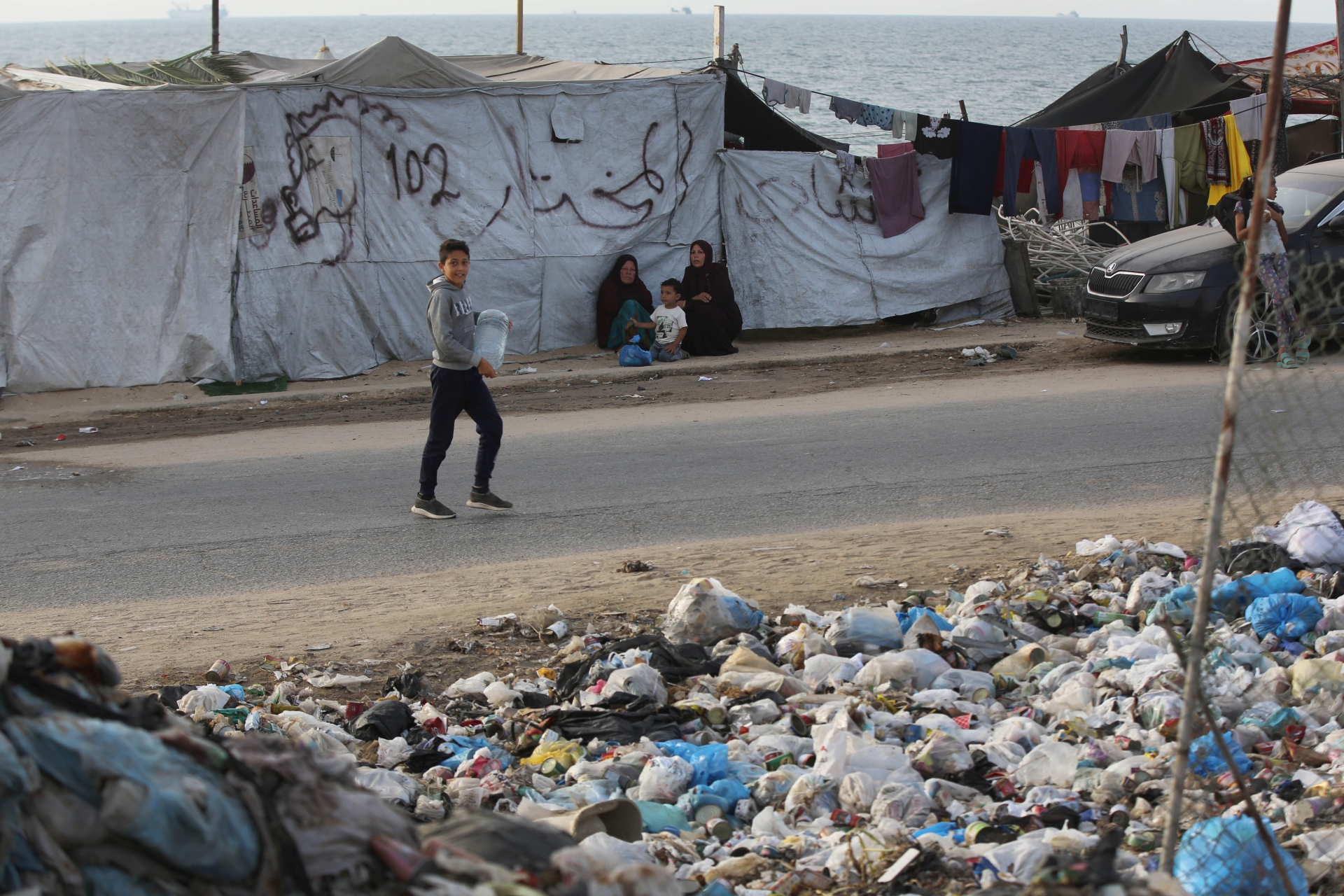The most dangerous countries in the world in 2024
One of the first factors to consider when planning a trip is safety. But very often, this safety doesn't hinge on the factors most people might think...
Before deciding on your next destination, consider which countries might be dangerous to visit. This International SOS ranking takes into account geopolitical tensions, health issues, and a new factor for the 2024 ranking: the impact of climate change.
International SOS is a leading global security and health consultancy. Each year, it updates its Risk Map. For 2024, it reveals the most dangerous countries and emerging threats that travelers face worldwide.
Often overlooked, climate change is now recognized for its potential catastrophic consequences in certain areas, in addition to the usual security and health risks.
In the highest risk category, the three most dangerous countries to visit are South Sudan, Libya, and Afghanistan. These nations face persistent challenges related to political violence, social unrest, and violent crimes.
Despite being rich in oil, South Sudan's wealth distribution is grossly unfair, keeping its citizens in poverty, corruption, inequality, ethnic polarization, and under the political and economic ambitions of the powerful elite. This has led to conflicts that have resulted in a civil war, according to Amnesty International.
Foreign mercenaries and the interference of other states supporting either the government in Benghazi or the one in Tripoli only fuel civil conflicts in an already polarized society, exacerbating the country’s insecurity and instability, as per the International Work Group for Indigenous Affairs (IWGIA).
According to the World Food Programme, half of Afghanistan's population (23.7 million people) will need humanitarian aid in 2024. Another four million suffer from acute malnutrition, including 3.2 million children under five. Additionally, the Taliban government's repression, particularly towards women, makes it an extremely dangerous country, according to Spanish daily El País.
The second tier of high-risk countries includes those with "very high" risk. While the issues in these countries are somewhat less severe than those in the highest risk category, the prevalent problem is rising global temperatures, which exacerbate health risks.
In 2024, due to insecurity and the resurgence of violence by irregular armed groups, nearly six million people have been displaced in the provinces of Ituri, North Kivu, South Kivu, and Tanganyika, according to UNHCR.
The crisis in Syria continues to cause immense suffering to those living within the country and those forced to flee. According to Oxfam, the Syrian conflict still causes the world’s largest refugee crisis. Over 11 million Syrians rely on humanitarian aid and seek asylum.
In 2024, Boko Haram, the fundamentalist Islamic terrorist group, continues to operate in northeastern Nigeria. Although their actions have lost some strength and notoriety, mass kidnappings, killings, and massacres of civilians, both Christians and non-radicalized Muslims, still proliferate in that region, according to the NGO Manos Unidas.
Ongoing conflicts in places like Gaza, Lebanon, Russia, and the African Sahel, which rank 7th to 10th respectively, pose additional challenges for travelers and organizations operating there.
The International SOS report highlights significant differences in medical risks across different regions. Countries like Syria, Iraq, Afghanistan, and North Korea are considered "very high" medical risk areas.
Sally Llewellyn, Global Security Director at International SOS, emphasized the importance of this report in informing organizations about the risks their employees may face, explaining that for next year, geopolitical tensions, unrest, and political instability are expected to affect business operations.
Dr. Irene Lai, Global Medical Director at International SOS, stressed the importance of "extreme heat phenomena" poised to become increasingly common in the future. Besides physical impacts, extreme heat can negatively affect mental health.
Follow Showbizz Daily to stay informed about lifestyle and travel



